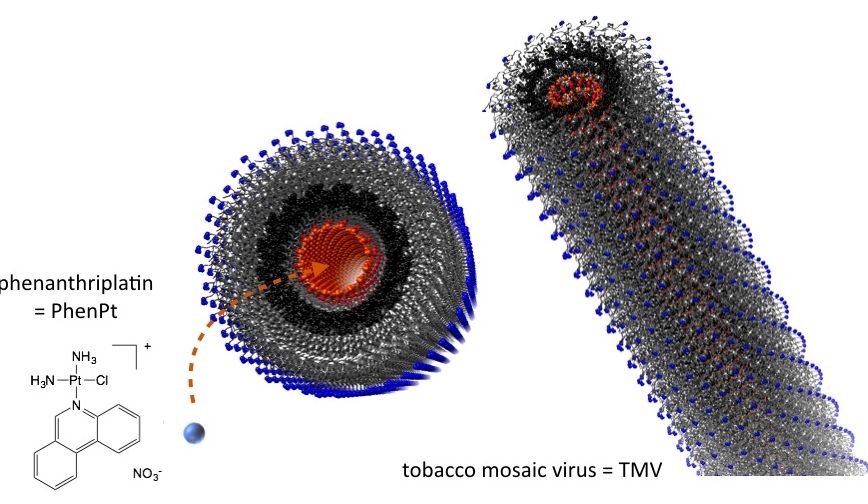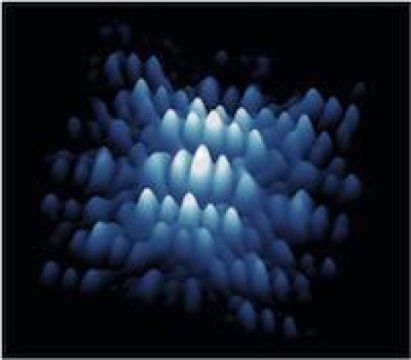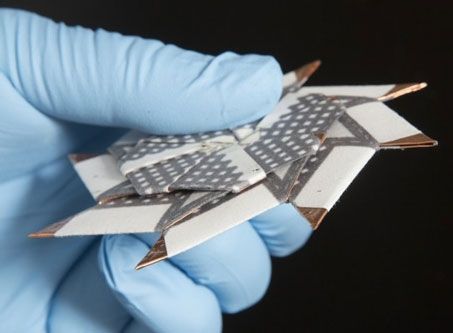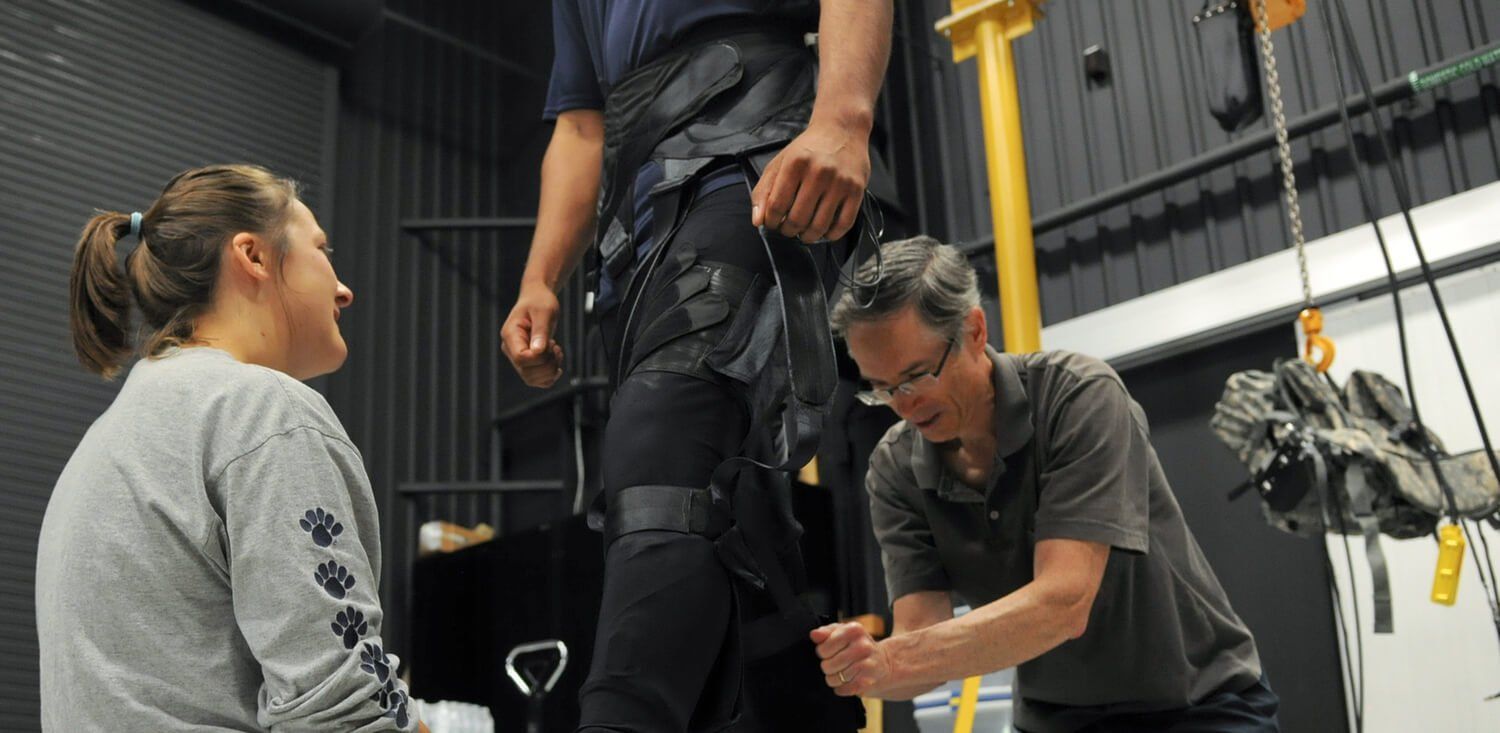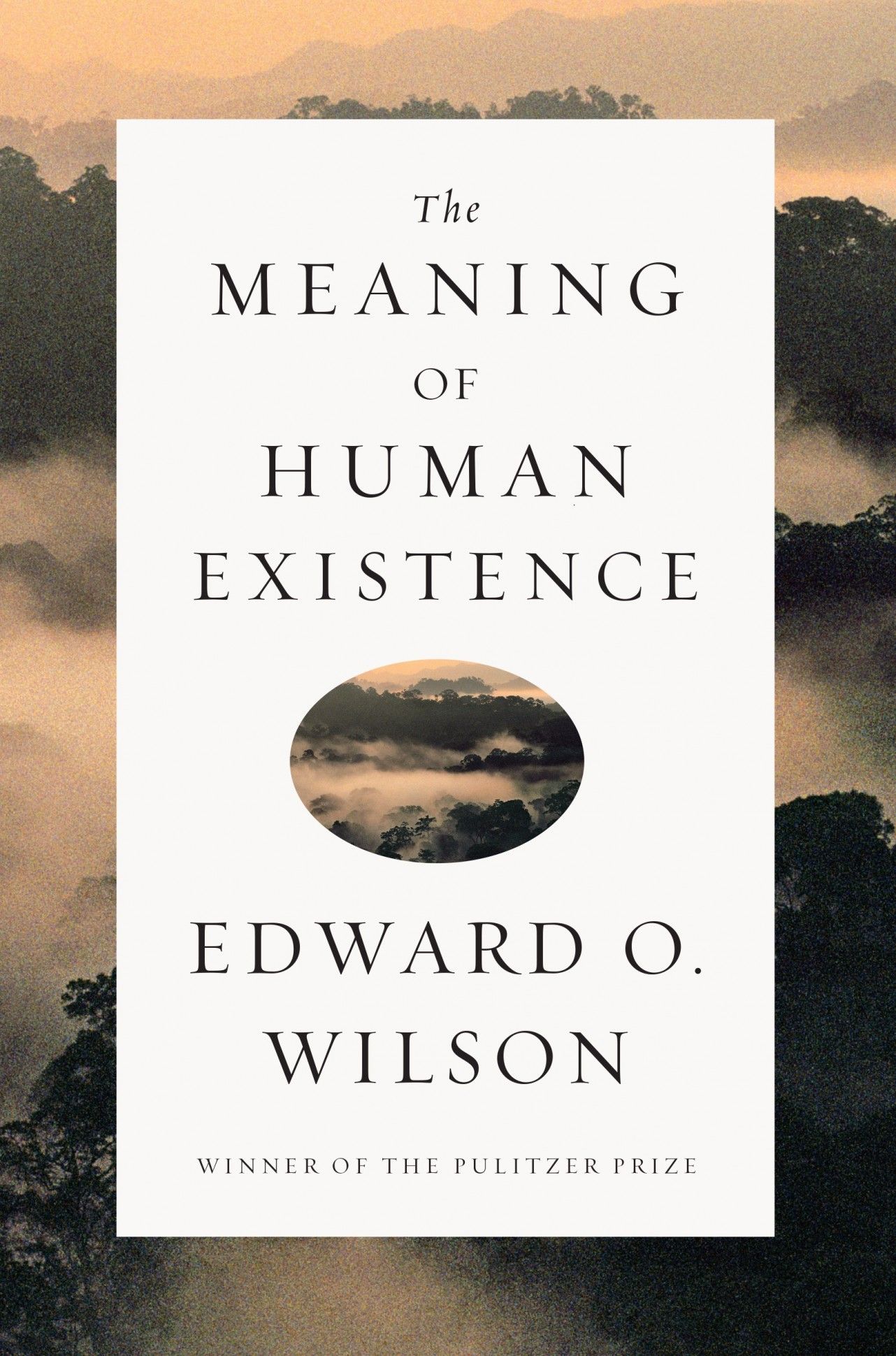Jun 8, 2016
Drug candidate shrinks tumor when delivered by plant virus nanoparticle
Posted by Karen Hurst in category: biotech/medical
Nice.
In a pair of firsts, researchers at Case Western Reserve University and Massachusetts Institute of Technology have shown that the drug candidate phenanthriplatin can be more effective than an approved drug in vivo, and that a plant-virus-based carrier successfully delivers a drug in vivo.
Triple-negative breast cancer tumors of mice treated with the phenanthriplatin –carrying nanoparticles were four times smaller than those treated either with cisplatin, a common and related chemotherapy drug, or free phenanthriplatin injected intravenously into circulation.
Continue reading “Drug candidate shrinks tumor when delivered by plant virus nanoparticle” »
